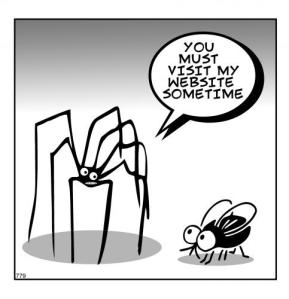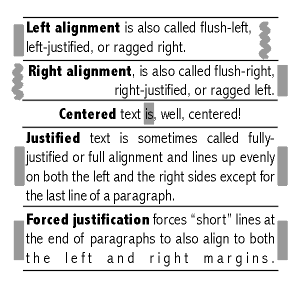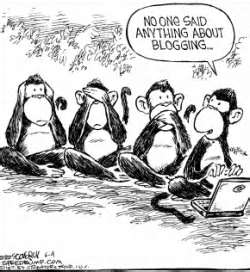 (source: http://marksinthemargin.blogspot.sg)
(source: http://marksinthemargin.blogspot.sg)
Process of creating the weblog
Headline
A number of considerations were made along the process of creating the weblog. The title Design Media & Publishings came from the three main words for the issues involved. The idea behind the title was looking into Design Media Issues and Publishing issues. The two main topics of the weblog.
The topic of Design Media will then be broken down into two parts – design principles and media issues.
Tagline
I was considering the tagline and could hardly find any inspiration until the Bible verses came to my mind.
- Proverbs 1:31 (NIV) – ‘They will eat the fruits of their ways and be filled with the fruit of their schemes.’
- Psalm 149:8 (NIV) – ‘to bind their kings with fetters, their nobles with shackles of iron,’
The idea behind the tagline was for audience to consider if blogging is good or bad, “fruits”. Or will it be a shackle upon bloggers, that ‘I think therefore I blog’, or should the media issues examples have “thought before they blog”?
Challenges
The main challenges, I faced was to arrange the contents that it flows correctly according to the tagline, the weblog design was according to the template chosen from WordPress. Consideration for colour schemes were made, for easy and light for the eyes. I usually will pen down my thoughts in a weblog, and usually will include Bible verses to help me with my thoughts. I enjoyed doing up this weblog.
Thank you for your time in reading.
References:
Katzev, R 2012, ‘On Blogging’, viewed on 23rd Feb 2013, <http://marksinthemargin.blogspot.sg/2012/11/on-blogging.html>.












